A draft bill for carbon storage management would be announced next month at the earliest, aiming to store 6 million tonnes of carbon by 2035, the Ministry of Environment said.
The ministry on Wednesday held a Carbon Capture and Storage (CCS) International Conference, inviting Japanese and local experts to exchange research and experience in the development of national CCS strategies.
CCS is a critical technique for Taiwan to achieve net zero emissions by 2050, Deputy Minister of Environment Hsieh Yein-rui (謝燕儒) said.
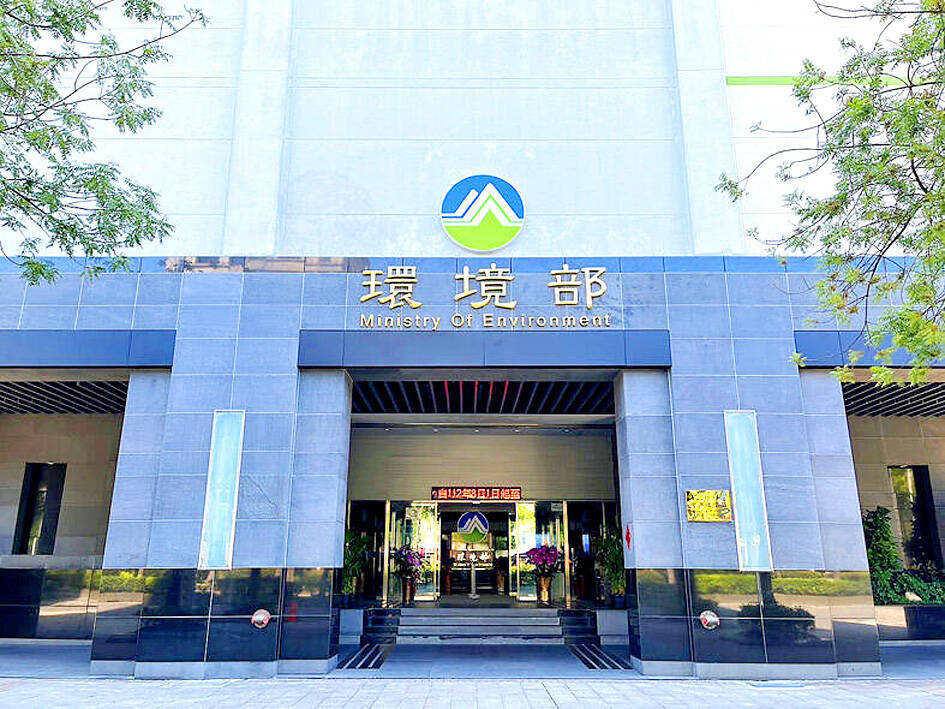
Photo: Chen Chia-yi, Taipei Times
In line with the carbon reduction goal of 38 percent — plus or minus 2 percent — announced by President William Lai (賴清德) this year, the ministry aims to remove 6 million tonnes of carbon dioxide via CCS by 2035, he said.
“As Japan is in an earthquake belt like Taiwan, its legal infrastructure, technological development and public communication are exemplary for us,” Hsieh said.
The number of developing CCS projects across the world rose by 60 percent to 628 last year, of which 50 facilities were in operation, 44 were under construction and 534 were being planned, he said, citing data from the Global CCS Institute.
Climate Change Administration Director-General Tsai Ling-yi (蔡玲儀) said that the bill on carbon storage management is expected to be announced next month.
Given capturing, delivering and storing carbon dioxide is expensive, innovating technologies to reduce its costs has finally caught international attention, she said, adding that interagency cooperation is indispensable to developing a CCS industrial chain.
Japan-Taiwan Exchange Association Taipei Office Deputy Representative Gen Kawai said that Japan unveiled its long-term CCS roadmap on March 2023, which outlined its goal of reaching an annual carbon storage capacity of 6 million to 12 million tonnes by 2030.
“The carbon storage potential of Japan’s coastal areas is estimated to be 150 billion to 240 billion tonnes,” he said.
To accelerate the development of CCS business models, the Japanese government promulgated the CCS Business Act in May last year, which stipulated a licensing system for carbon storage businesses and a notification system for carbon dioxide pipeline transportation businesses, Kawai said.
Japan also selected nine advanced CCS projects that include carbon capture, delivery and storage to create a CCS value chain, he said.
For example, the Tomakomai Area CCS project in Hokkaido reached a carbon storage of 300,000 tonnes in 2019, Kawai said.
Taiwan and Japan are surrounded by water, and their geographical similarities are expected to provide more opportunities for exchange and cooperation between the two sides in CCS development, he said, adding that the association would continue to offer support.
National Central University Carbon Storage and Geothermal Research Center director Lin Tien-shun (林殿順) said that the carbon storage potential of western Taiwan is estimated to be more than 40 billion tonnes.
Pilot test sites have been set up in areas with higher potential, including Taichung’s Tiezhenshan (鐵砧山) and Yunlin County’s Mailiao Township (麥寮), he said.
University of Tokyo engineering professor Takeshi Tsuji said that monitoring and management of carbon storage sites is important to ensure safety.
The University of Tokyo and National Taiwan University have been collaborating on developing a portable active seismic source device that could be used in monitoring storage sites, he said, adding that they were low-cost and environmentally friendly.
The small, handheld device could be used to continuously monitor the reservoirs at a depth of about 1km by generating seismic signals, Tsuji said.
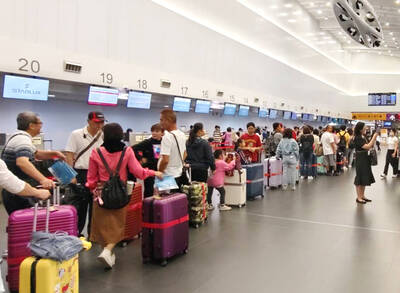
Three Taiwanese airlines have prohibited passengers from packing Bluetooth earbuds and their charger cases in checked luggage. EVA Air and Uni Air said that Bluetooth earbuds and charger cases are categorized as portable electronic devices, which should be switched off if they are placed in checked luggage based on international aviation safety regulations. They must not be in standby or sleep mode. However, as charging would continue when earbuds are placed in the charger cases, which would contravene international aviation regulations, their cases must be carried as hand luggage, they said. Tigerair Taiwan said that earbud charger cases are equipped
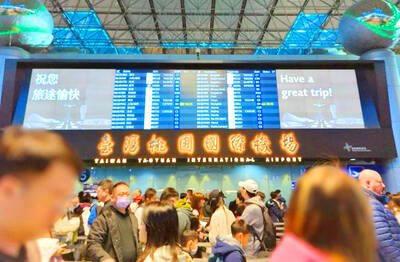
Foreign travelers entering Taiwan on a short layover via Taiwan Taoyuan International Airport are receiving NT$600 gift vouchers from yesterday, the Tourism Administration said, adding that it hopes the incentive would boost tourism consumption at the airport. The program, which allows travelers holding non-Taiwan passports who enter the country during a layover of up to 24 hours to claim a voucher, aims to promote attractions at the airport, the agency said in a statement on Friday. To participate, travelers must sign up on the campaign Web site, the agency said. They can then present their passport and boarding pass for their connecting international
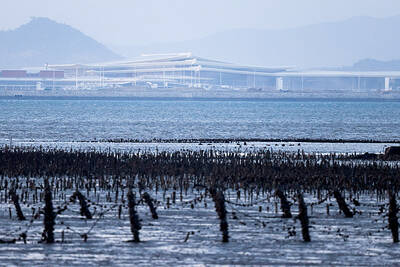
UNILATERAL MOVES: Officials have raised concerns that Beijing could try to exert economic control over Kinmen in a key development plan next year The Civil Aviation Administration (CAA) yesterday said that China has so far failed to provide any information about a new airport expected to open next year that is less than 10km from a Taiwanese airport, raising flight safety concerns. Xiamen Xiangan International Airport is only about 3km at its closest point from the islands in Kinmen County — the scene of on-off fighting during the Cold War — and construction work can be seen and heard clearly from the Taiwan side. In a written statement sent to Reuters, the CAA said that airports close to each other need detailed advanced
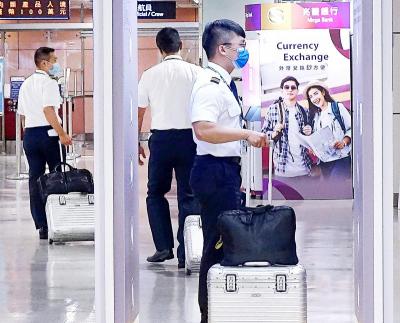
The age requirement for commercial pilots and airline transport pilots is to be lowered by two years, to 18 and 21 years respectively, to expand the pool of pilots in accordance with international standards, the Ministry of Transportation and Communications announced today. The changes are part of amendments to articles 93, 119 and 121 of the Regulations Governing Licenses and Ratings for Airmen (航空人員檢定給證管理規則). The amendments take into account age requirements for aviation personnel certification in the Convention on International Civil Aviation and EU’s aviation safety regulations, as well as the practical needs of managing aviation personnel licensing, the ministry said. The ministry